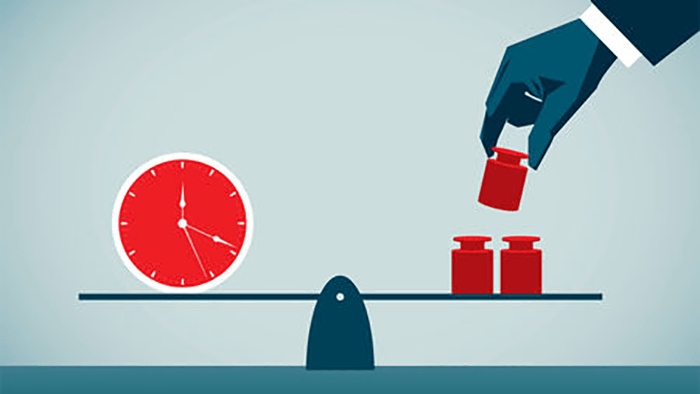Overview: In good economic times, yields on government bonds tend to track an upward curve, since longer term bonds carry a higher risk of inflation. The curve inverts when shorter-term debt—like 3-month Treasury notes—offer a higher interest rate than a longer-term bond such as the 10-year Treasury bond. On 22nd march, 2019 the yield for 10-year Treasuries fell below than the yield for 3-month Treasuries, marking the first appearance of such an inversion since 2007, months before the financial crisis triggered a stock-market rout. If the inversion persists in coming weeks, it could be a bad sign for stocks and negative spread also indicates sign of recession as per the past data. Currently on April 5, 2019 spreads are at 0.07 still in the downtrend from last few years.

Yield curve Vs S&P 500 Vs recession:
Such inversions have occurred seven times since the early 1950s and all but one preceded equity gains.
Specifically, the S&P 500 Index rose a median 19 months before peaking after an inversion, with returns
reaching 21 percent. Even after an inversion, it usually takes about 19 months for a recession to hit the
economy, data compiled by Canaccord showed.

US Unemployment rate:

US National home price index since 1950:
If we see inflation adjusted home price index it is still at peak but below 2007 levels and if we see spread
between mortgage rates and expected increase in home value it simply not indicatiog such disruption like
recession due to home prices, which we have seen in 2007 recession

Yield curve 2018 vs 2019:

Europe current situation:
On march 22nd Germany’s worst manufacturing survey in seven years sent investors rushing to buy bonds. For
the first time in three years yields on German ten-year government debt fell below zero.

Canadian yield curve inversion:
The yield on Canada’s 10-year bond dipped to 1.57 percent Monday, or 10 basis points lower than the rate on
the three-month Treasury bill, compared with a gap of 6 basis points. That inversion hasn’t happened since
2007, at the start of the financial crisis sparked by a U.S. housing crash. The 10-year inflation-linked bond,
meanwhile, offers a negative yield in real terms, after accounting for consumer prices.

Ayush S.Mazumdar,
MBA-FA (2018-20)

